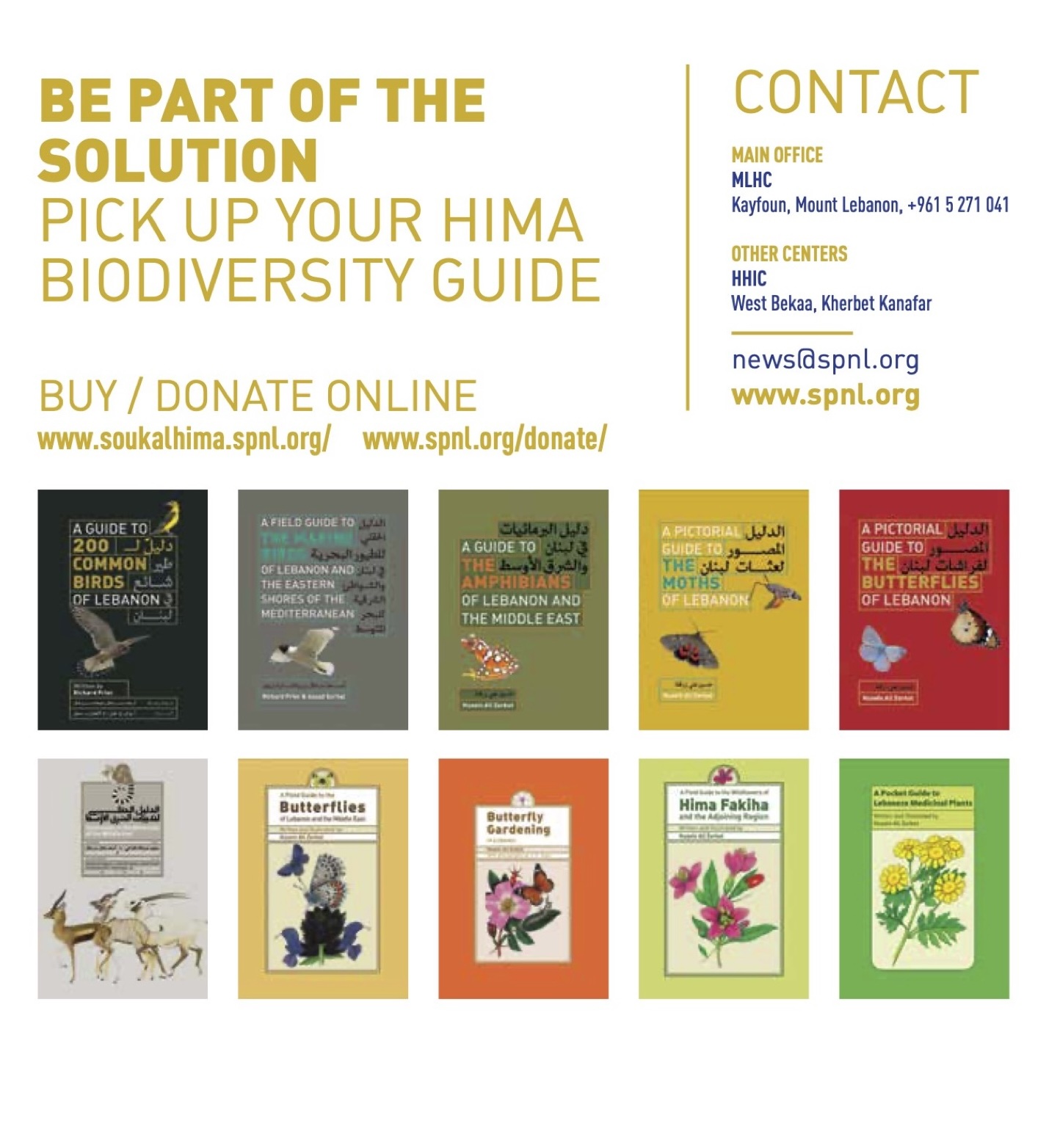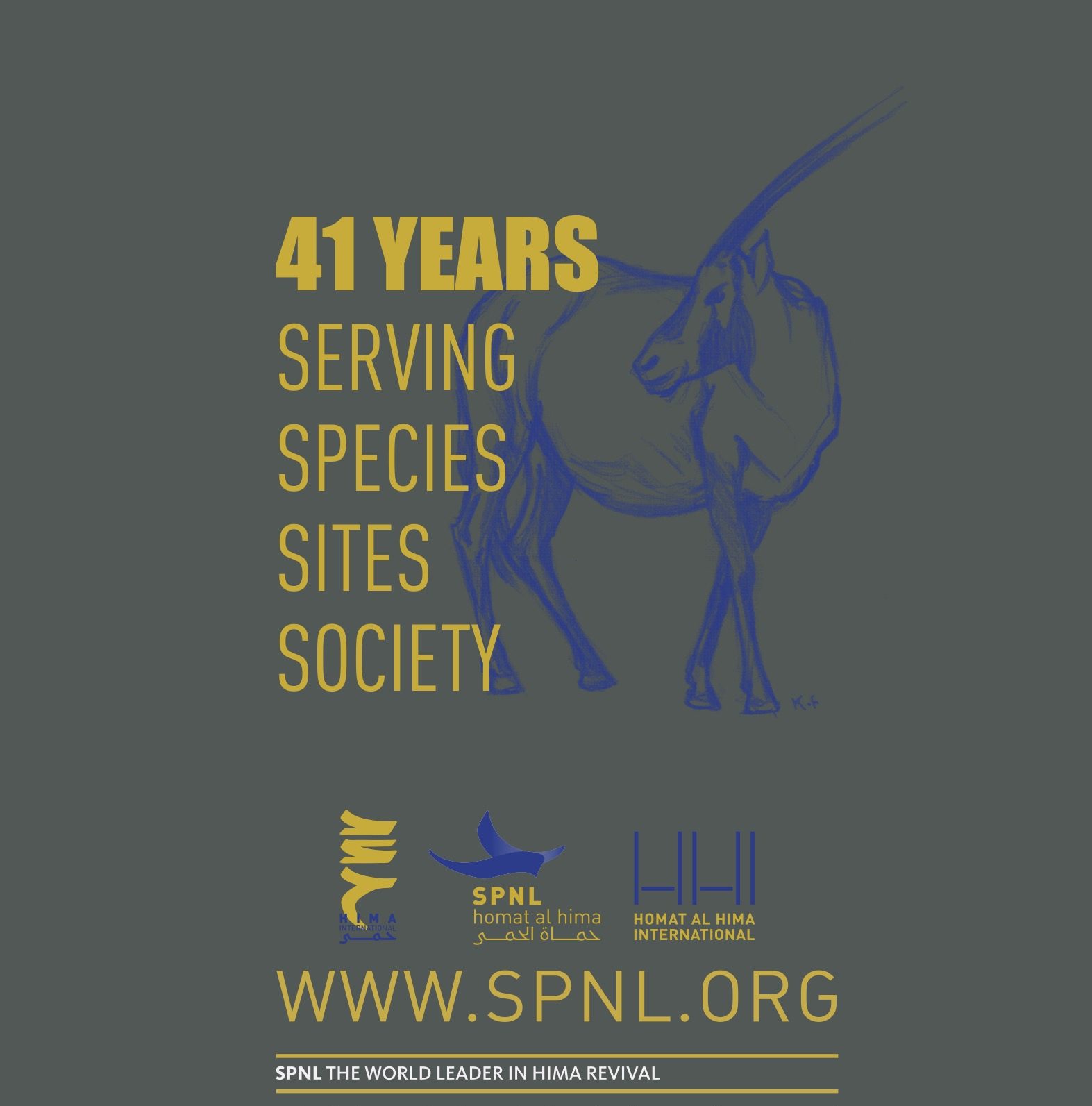By Fouad Itani
The Western Marsh Harrier is the largest harrier from the Accipitridae family. It measures 53 cm in length, with a wingspan of 132 cm, and an average weight of 600 g.
The plumage color varies between sexes. The adult male is dark brown with yellow streaks on its breast and pale-grey head and wings. Females and immature are brown with yellow on the crown, throat, and shoulders. The eyes, legs, and feet of both sexes are colored yellow.

Typical male Western Marsh Harrier, January 2015, Dubai, UAE
In Lebanon the Marsh harrier is a passage migrant, a winter visitor, and a summer breeder. It is usually found around wetlands, farmland and open land, such as Ammiq Wetland, Hima Kfar Zabad, and the open plains of the Bekaa valley.
Like most harriers, the Western Marsh harrier glides low over open ground on its search for prey such as small mammals, reptiles, birds, insects, and carrions.

Breeding occurs in spring, the male often pair with more than one female. The nest is usually built in a reed bed by the female using sticks, reeds, and plant material. An average of 5 eggs are laid, the eggs are incubated for an approximately 5 weeks, and both parents contribute in raising the chicks.
In Lebanon the Western Marsh Harrier still faces a number of threats, like illegal shooting, habitat destruction, and the use of pesticides.






